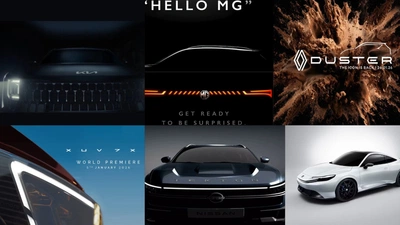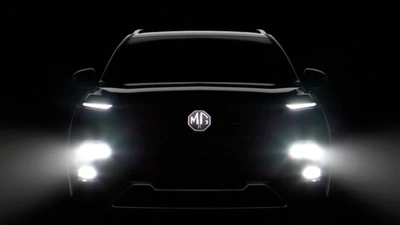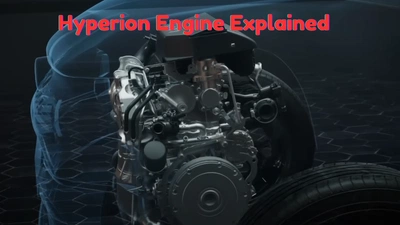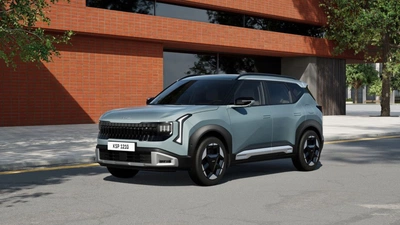Govt Doubles Renewal Fees for 20+ Year Old Cars and Bikes
Owning a car or bike that has stood the test of time often comes with nostalgia and pride. But for vehicles older than 20 years, the government has just made it more expensive to keep them on the road.
By Salil Kumar
Published August 23, 2025
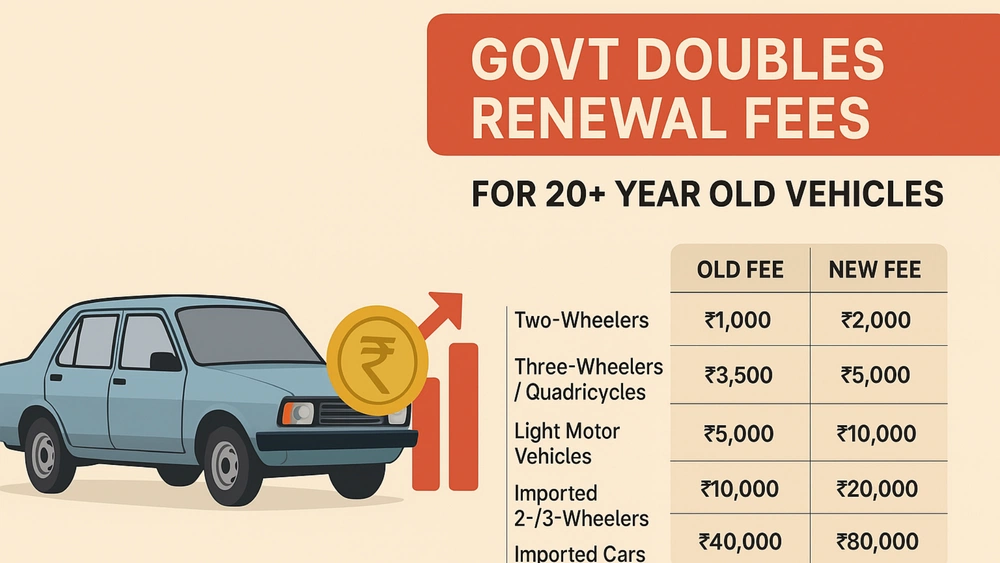
Table of Contents
- What Has Changed?
- Why the Hike?
Owning a car or bike that has stood the test of time often comes with nostalgia and pride. But for vehicles older than 20 years, the government has just made it more expensive to keep them on the road. The Ministry of Road Transport & Highways (MoRTH) has announced a sharp increase in renewal fees for registration certificates of ageing vehicles, nearly doubling the earlier charges.
The move is aimed at discouraging the use of older, more polluting vehicles and nudging owners toward scrapping, upgrading, or switching to cleaner alternatives like EVs.
What Has Changed?
Until now, renewing the registration certificate of a car or bike that had crossed 20 years was relatively affordable. With the latest amendment to the Central Motor Vehicles Rules, the cost has shot up significantly. For example, renewing a registration for a small car like a Maruti 800 (1990s), Honda City (2003), or even an SUV like the first-gen Toyota Innova (2005) will now cost ₹10,000 instead of ₹5,000.
For imported luxury models such as a Mercedes-Benz E-Class (early 2000s) or a BMW 3 Series (2002), the renewal fee has been hiked from ₹40,000 to a insane ₹80,000.
Two-wheeler owners are not spared either. Renewing an old Hero Splendor (2000s) or a Yamaha RX100 (1990s) will now cost ₹2,000, up from ₹1,000.
Three-wheelers and quadricycles, common in commercial fleets, will see renewal charges rise from ₹3,500 to ₹5,000. Imported motorcycles such as a 2005 Suzuki Hayabusa or a Ducati Monster will now need ₹20,000 for renewal. TBH, the hike is not much in case of domestic cars.
Anyone passionate enough to keep the old cars alive can easily afford the hike. But viewed collectively it's another one of those poorly planned push towards EVs just like the recent E20 debacle
Why the Hike?
The government argues that vehicles older than two decades contribute disproportionately to urban air pollution. Many of them run on outdated emission technology and lack modern safety features. By making it costlier to hold on to such models, the aim is to push owners towards either:
- Scrapping old vehicles under the government’s voluntary scrappage policy.
- Upgrading to newer, cleaner, and safer vehicles.
- Shifting to electric mobility where feasible.
It’s also worth noting that the new fees apply only once a vehicle crosses 20 years. Those in the 15–20-year bracket say a 2010 Hyundai i20 or a 2012 Mahindra Scorpio will continue with the existing charges for now.
| Vehicle Type | Old Fee | New Fee |
|---|---|---|
| Two-Wheelers (e.g., Hero Splendor, Yamaha RX100) | ₹1,000 | ₹2,000 |
| Three-Wheelers / Quadricycles | ₹3,500 | ₹5,000 |
| Light Motor Vehicles (Cars/SUVs like Maruti 800, Toyota Innova) | ₹5,000 | ₹10,000 |
| Imported 2-/3-Wheelers (e.g., Suzuki Hayabusa) | ₹10,000 | ₹20,000 |
| Imported Cars (e.g., BMW 3 Series, Mercedes E-Class) | ₹40,000 | ₹80,000 |
| Other Heavy Vehicles | — | ₹12,000 |
Write a comment
Comments
No comments yet. Be the first to comment!




